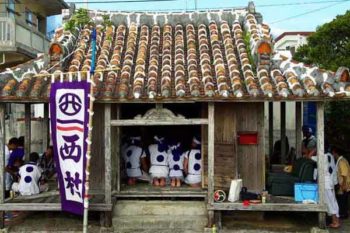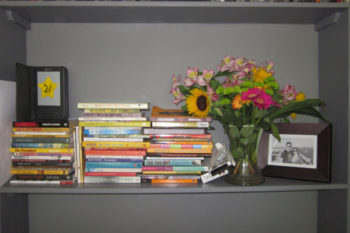In the International Museum of Women, the current online exhibit is all about mothers. MAMA: Motherhood around the Globe explores the different aspects of motherhood through video interviews to women in Nigeria, Kenya, Afghanistan, USA, Colombia, Hungary, China and Norway.
Mama to Be is the section on the expectations around motherhood and pregnancy, and how the different women, some not even out of their teens reacted and faced their impending motherhood.
How many women in the world actually have an opportunity to decide if, how, and when to create a family? What are the reasons that women today are choosing – or refusing to choose – motherhood?
In Healthy Mama, Healthy Baby, the stories these women share on their birthing experiences serve to illustrate how different cultures view birthing and health.
Every day, thousands of women worldwide give birth to new human life. While many of these women will have happy and successful deliveries, hundreds will die in childbirth. How do things like geography, income, and age affect your chances of a safe delivery? What is being done to improve upon the world’s maternal mortality rate, and how can you get involved?
In the Featured Voices section, stories were submitted by the audience and six stories were selected by an international jury for the Community Choice Awards. One of them is this excerpt of the hard situation in the Colombian hospital maternity wards by Jorge Caballero for Gusano Films.
In Birth Journal Maternity Excerpt, a mother of six arrives to a checkup and then to deliver a baby. During the checkup, her story comes out through the questions asked by the doctor, and his attitude towards her changes, ending up with a suggestion for a tubal ligation and a curt farewell. During delivery, there isn’t even time to move the lone woman to the gurney and into the maternity room, she gives birth on her hospital bed.
One-on-one interviews in Meet the Mamas focus the conversations around the woman and her personal story, for example, it helps contrast the different situations between a teen mother in Liberia, living what she calls in Critical Condition, and a teen mother in the United States, who through family support is able to move on ahead and continue her studies.
This exhibit in the International Museum of Women aims to get more people informed on the state of Women’s Maternal Health, on their Get Involved page they suggest different ways in which readers can participate in improving the statistics and raise awareness themselves on these important issues.
Written by Juliana Rincón Parra
Posted on April 26, 2012 on Global Voices





